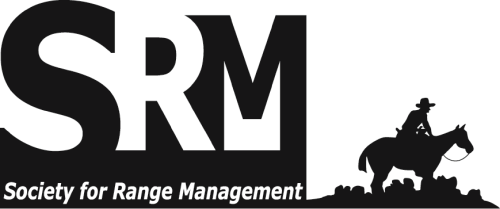On the Ground • We completed a landscape-scale assessment of ungulate browsing pressure on the southeastern portion of the Bighorn National Forest and found evidence of constraints on willow morphology and height. • To better understand these apparent constraints over time and to enable adaptive habitat management, we propose development of a willow monitoring scheme based on an experimental design that controls for site potential and isolates the contributions of individual ungulate species to total willow browse. • Further investigating the current status of riparian willows in terms of population vital rates and future distribution trends could be particularly important to help determine the cause of a recent decline in beaver abundance. The Rangelands archives are made available by the Society for Range Management and the University of Arizona Libraries. Contact lbry-journals@email.arizona.edu for further information. Migrated from OJS platform March 2020

Practical, non-technical peer-reviewed articles published by the Society for Range Management. Access articles on a rolling-window basis from vol 1, 1979 up to 3 years from the current year. More recent content is available by subscription from SRM.